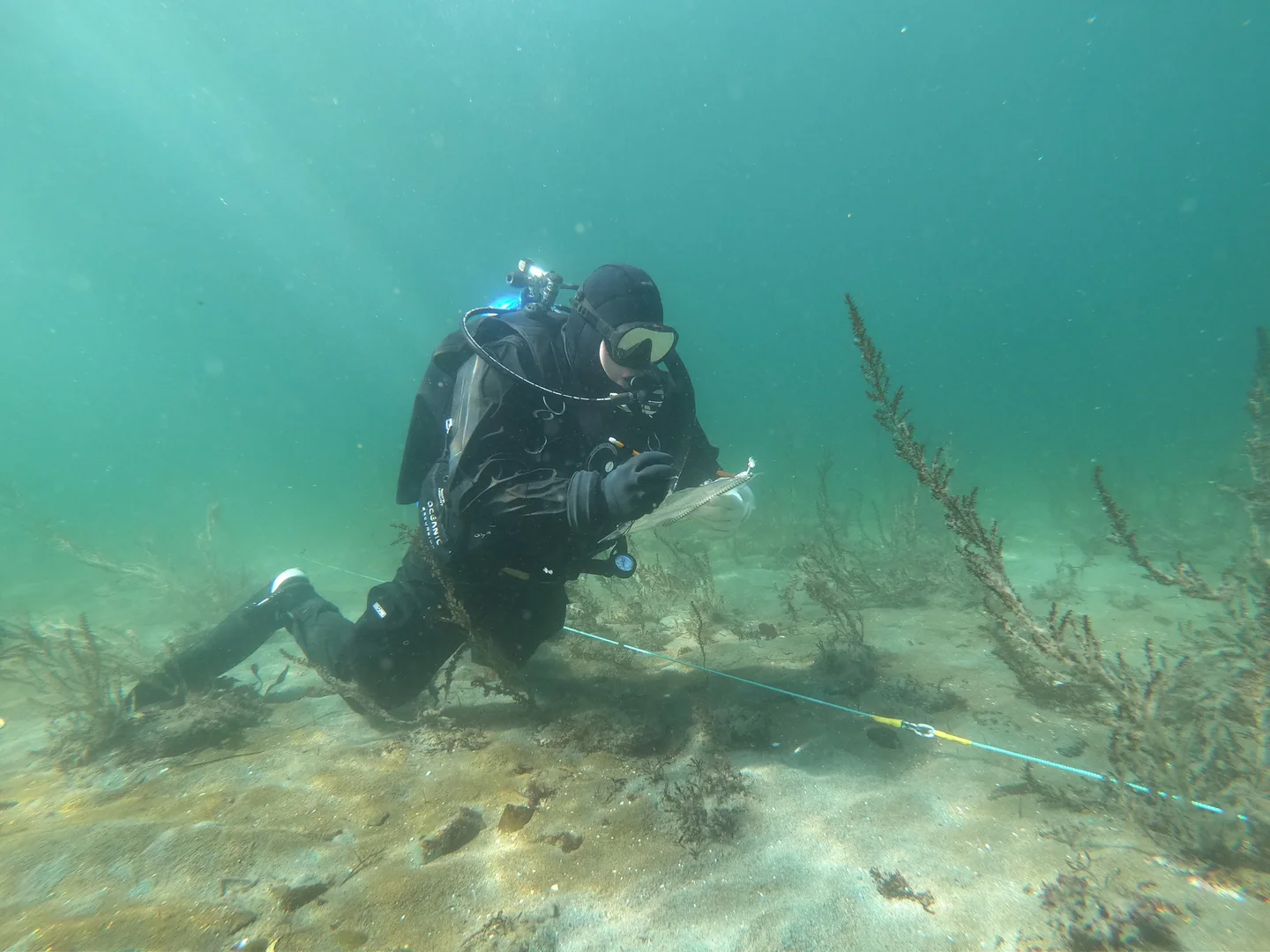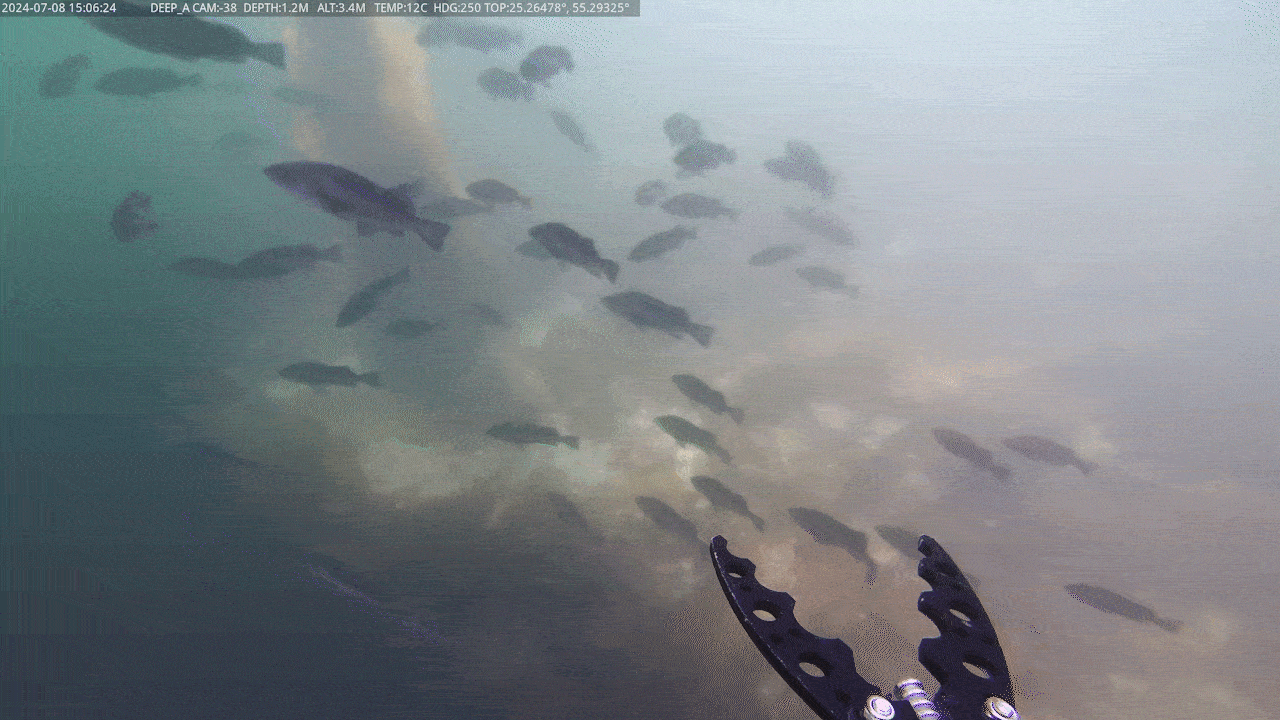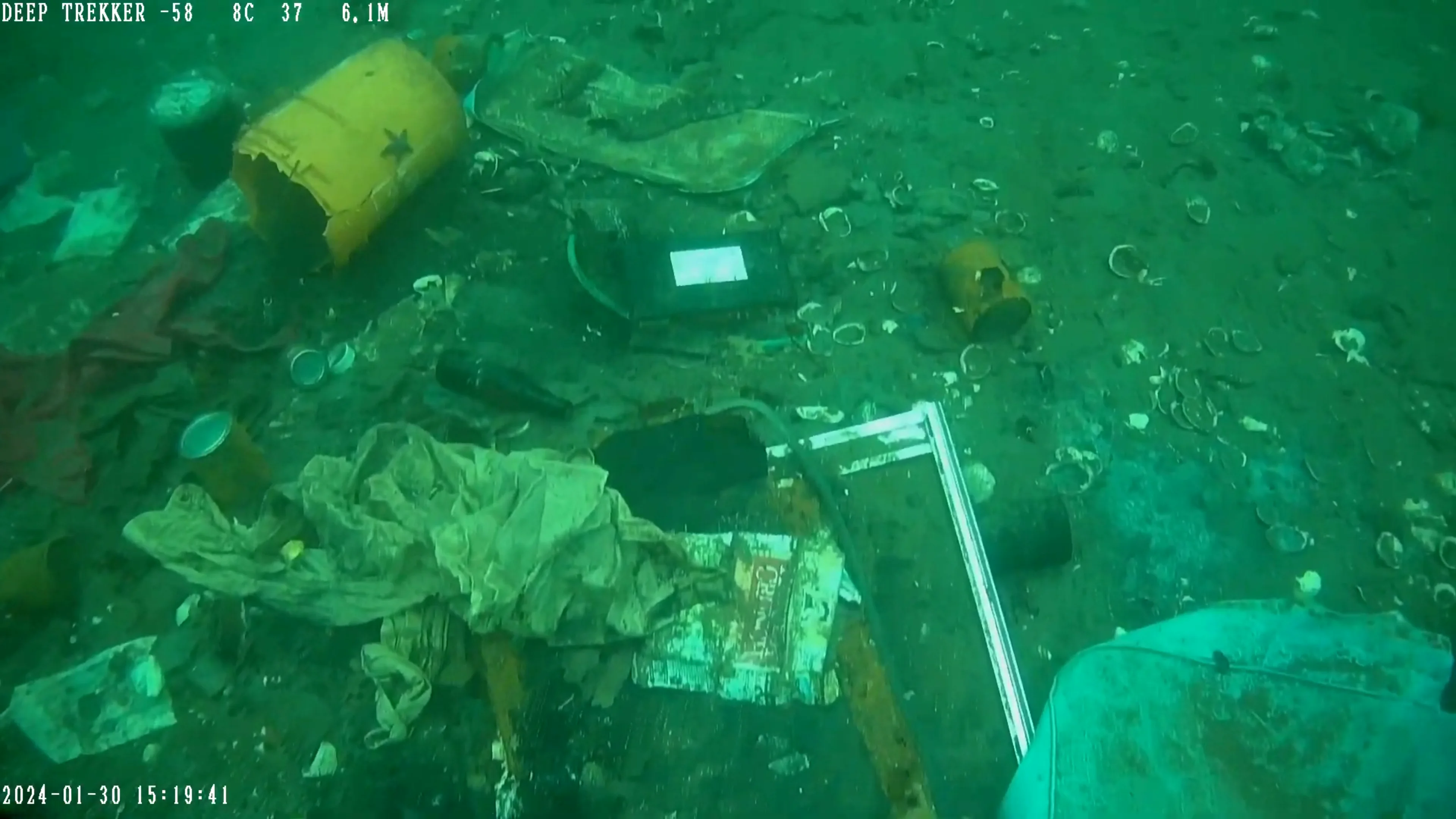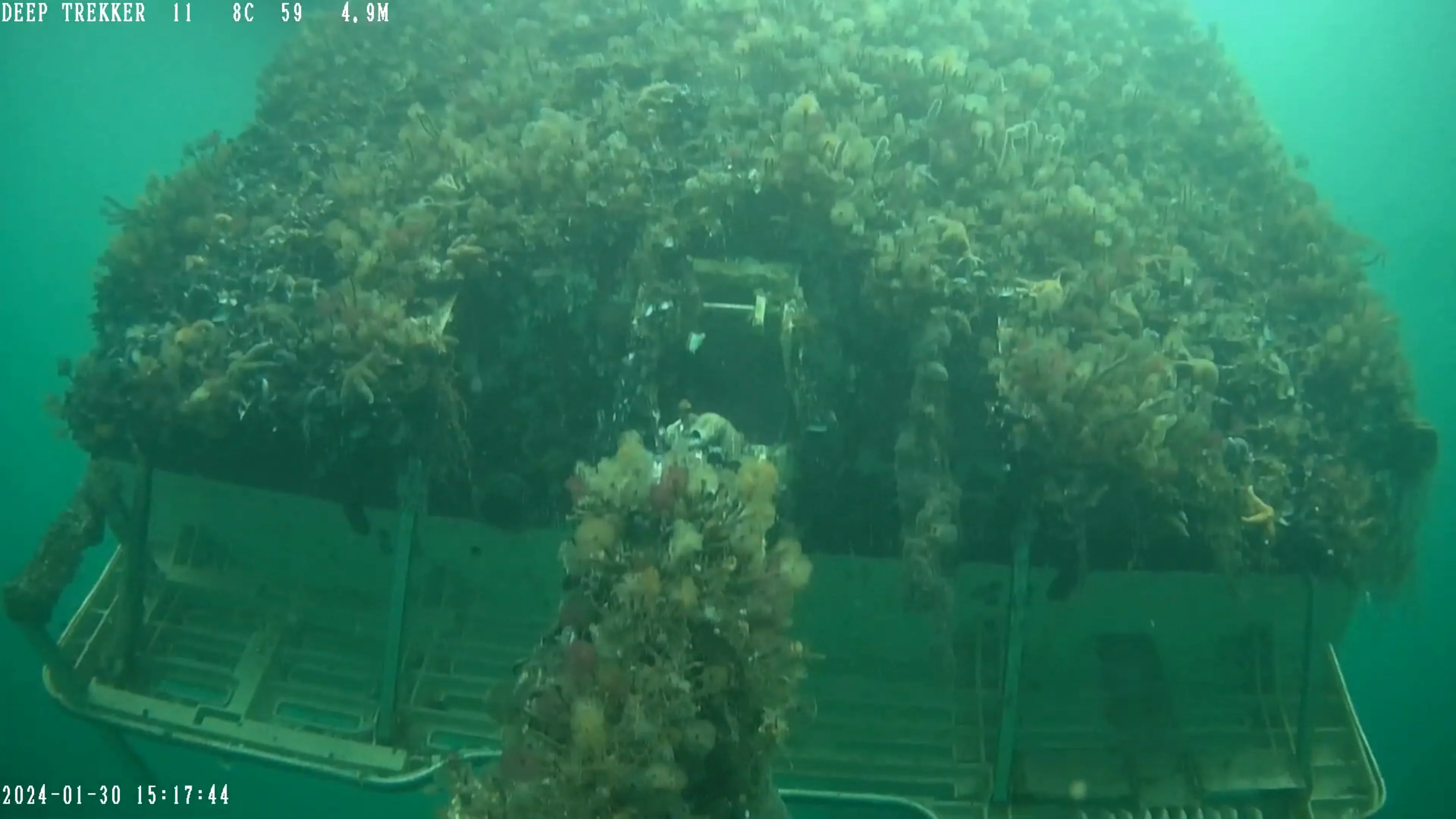Configure Now
Items in Your Cart0
0Items in Your Cart
Start building your packageShop Now
A-Tlegay Fisheries Society employs advanced technology to improve environmental monitoring results. The adoption of Deep Trekker ROVs (Remotely Operated Vehicles) has streamlined their data collection processes, providing efficiency and precision in underwater assessments. This case study examines the operational benefits, challenges, and outcomes of integrating remotely operated vehicles into their research methodology.
Founded in 1999, A-Tlegay Fisheries Society was established through the collaboration of five indigenous member nations: We Wai Kai, Wei Wai Kum, K'omoks, Tlowitsis, and Kwiakah Nations. The society’s primary goal is to support the preservation and exercise of the fishing rights of these nations within their territories.
A-Tlegay Fisheries is committed to managing and regulating marine resources, overseeing all aspects of resource use and conservation across its member territories. Their work aims to safeguard and enhance marine ecosystems for the benefit of future generations, ensuring the continued livelihood of their citizens.
The society also represents the interests of its member nations, working with governments and organizations to advocate for the sustainable management and protection of marine resources. By focusing on stewardship and collaboration, A-Tlegay Fisheries strives to create a sustainable future for both its members and the ecosystems they depend on.

The primary function of the Deep Trekker underwater ROV in A-Tlegay’s work involves capturing underwater video and still images for visual analysis.
These recordings support a range of studies, including sediment assessments and habitat evaluations. The ability to collect real-time data without delays enhances decision-making and improves response times for conservation initiatives.

Using an ROV reduces reliance on dive teams, decreasing operational costs and minimizing risks associated with human intervention in challenging environments.
"If we're all busy, we can just send a crew out with the ROV instead of divers," explained Zach Everson, Fisheries Technician.
When divers are unavailable, field teams can deploy the ROV, maintaining project timelines without sacrificing data integrity.
Explore how Marine Science benefits from ROV technology to improve environmental monitoring and enhance research efforts for more efficient and precise results.

The A-Tlegay team has operated their Deep Trekker ROV for two years without requiring servicing. During a joint operation with Fisheries and Oceans Canada (DFO), they observed DTG2 models that had been in service for a decade.
"I was out with DFO in December - they had two DTG2 units that they've used for about ten years. They still worked, and they were really in good shape," said Everson, highlighting the long term durability of Deep Trekker submersible robots.
Everson explains that the submersible ROV is deployed approximately four times per month, ensuring regular environmental assessments. This consistency allows researchers to establish more reliable data trends over time, improving the accuracy of habitat evaluations and ecological studies.

By maintaining this consistent approach to underwater monitoring, researchers gain a deeper understanding of the complex marine environment and its dynamic processes. This data-driven approach is critical for informed decision-making in conservation and management strategies.
Discover how Biigtigong Nishnaabeg of Pic River utilizes ROV technology to improve environmental monitoring and enhance community engagement and research efforts.
Before acquiring the Deep Trekker DTG3, assessments relied on divers and drop cameras. The drop camera method often resulted in inconsistent footage, while diver-based surveys were constrained by bottom time limitations.
"We either sent out a dive team or used drop cameras. Drop cameras aren't ideal - you just send a GoPro down and hope for good footage, but then we'd start hitting bottom times and limits pretty quick," said Everson.
The ROV eliminates these inefficiencies, delivering high-quality images and videos without the logistical challenges of manual inspections.
ROVs are highly accurate in collecting environmental data, thanks to their advanced sensors, high-definition cameras, and precise maneuverability. Equipped with tools like sonar, depth sensors, and water quality sensors, ROVs can gather detailed and reliable data on various environmental parameters such as water temperature, salinity, turbidity, sediment types, and aquatic life.

Their accuracy is further enhanced by real-time data transmission, allowing operators to assess and verify data immediately. The controlled movement and stability of ROVs enable consistent measurements across multiple deployments, minimizing human error and providing more reliable long-term data trends.
While the quality of data depends on the specific equipment and sensors used, ROVs like the Deep Trekker DTG3 are proven to provide precise, repeatable results suitable for environmental monitoring and scientific research.
Discover the vital role of underwater positioning in marine science, and how remotely operated vehicles (ROVs) are leading the way in location tracking.
Everson explains that operators have successfully mastered maneuvering techniques, demonstrating the unit’s flexibility. No formal training was required to operate the ROV, as controls were intuitive and easy to learn. The system’s adaptability allows for rapid deployment, making it possible to conduct quick assessments without requiring divers.
Additionally, the unit can be used to support dive operations by providing enhanced situational awareness and capturing footage for review. Compared to larger, multi-thruster systems, the DTG3 is compact and simple to use while still offering precise maneuverability.
"I’ve used larger units with six thrusters. They’re nice but different to operate," explains Everson.
One of the standout advantages of underwater ROV deployment is the ability to obtain real-time results. Immediate access to underwater footage eliminates the waiting period associated with manual data retrieval, expediting analysis and reporting.
"Every time it goes underwater, it’s a success. You get the data immediately without downtime," Everson noted.
Although the Deep Trekker ROV has not required servicing, interactions with Deep Trekker’s support team have been positive. Reliable customer service ensures long-term operational efficiency and quick resolution of technical inquiries.
Deep Trekker is recognized for world-class support, offering quick response times and immediate access to expert guidance whenever assistance is needed. Operators in the field can rely on rapid troubleshooting and technical advice, minimizing downtime and ensuring continued operations.
Whether addressing inquiries about maneuverability, software updates, or best practices, the support team remains accessible and responsive. This level of assistance contributes to long-term operational efficiency and reinforces confidence in the equipment’s reliability.
The integration of Deep Trekker ROVs has significantly improved A-Tlegay Fisheries Society’s environmental monitoring capabilities. Reliable underwater data collection, reduced operational costs, and increased flexibility have strengthened research initiatives.
Regular use of the Deep Trekker underwater ROV enables more comprehensive ecosystem assessments, enhancing conservation strategies. By integrating remotely operated vehicles into their workflow, A-Tlegay Fisheries Society continues to refine methodologies and improve the efficiency of their marine science operations.
Connect With Us to Support Your Next Field Mission
Facing a unique underwater challenge? Our team of experienced experts is committed to helping you integrate submersible robots into your operations with ease. Whether your project involves environmental monitoring, marine research, infrastructure inspections, water tank maintenance, salvage operations, underwater surveys, search and recovery missions, aquaculture, or any other specialized application, we are equipped and ready to meet your specific needs and goals using our advanced ROV technology.

When you're ready to secure your very own Deep Trekker vehicle, feel free to contact us, and we'll be happy to provide you with a customized quote tailored precisely to your requirements. Incorporating Deep Trekker ROVs into your underwater operations ensures unmatched safety, efficiency, and success.
July 30th, 2021
Learn all about remotely operated vehicle pilots: how to become one,...
November 5th, 2024
Learn more about what sonar is and its many uses. Read...
December 23rd, 2021
ROVs and sonar can be used to inspect underwater structures such...